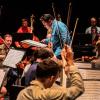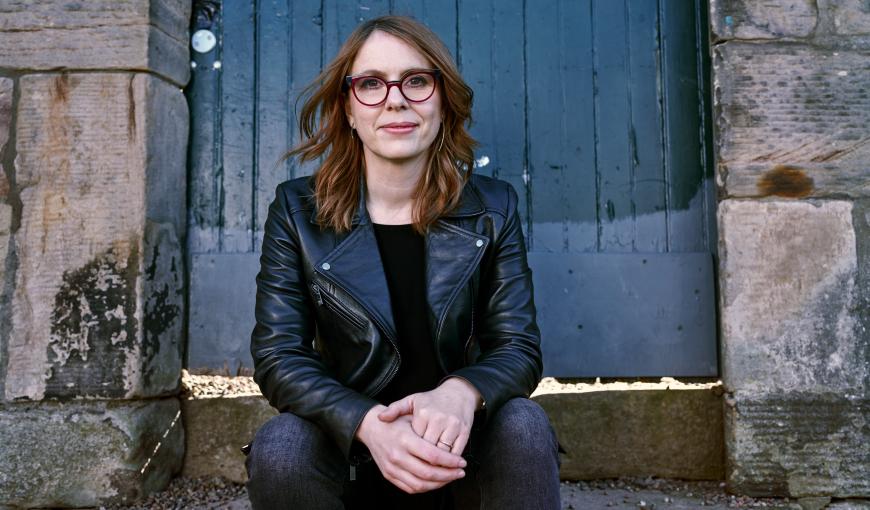
When Ellen Primack, the long-serving executive director of the Cabrillo Festival of Contemporary Music, was asked what she wanted as a going-away present for her retirement, she said a piece by composer Anna Clyne. No surprise there: Clyne is one of today’s most sought-after composers, especially, in the last decade, for her orchestral works. Bachtrack claims that she was the eighth most-performed contemporary composer in the world in 2022. Her schedule is always full, and the pandemic only compounded her workload.
Clyne, however, has a long-term relationship with Cabrillo, which began when Marin Alsop conducted her 2005 piece <<rewind<< for the 2010 edition of the festival. So she was happy to fit in a five-minute work — Wild Geese, titled after the Mary Oliver poem that inspired it — for 2023. The piece premieres on Sunday, Aug. 13 and is special because it’s introducing a new compositional tool that Clyne is developing with her husband, audio engineer and sound artist Jody Elff — the Augmented Orchestra. The idea is to integrate electronic signal processing and sound elements into an orchestral composition in real time. Clyne hopes that this will reduce the encumbrances that come with mixing electronics and orchestra, making the one a natural extension of the other.
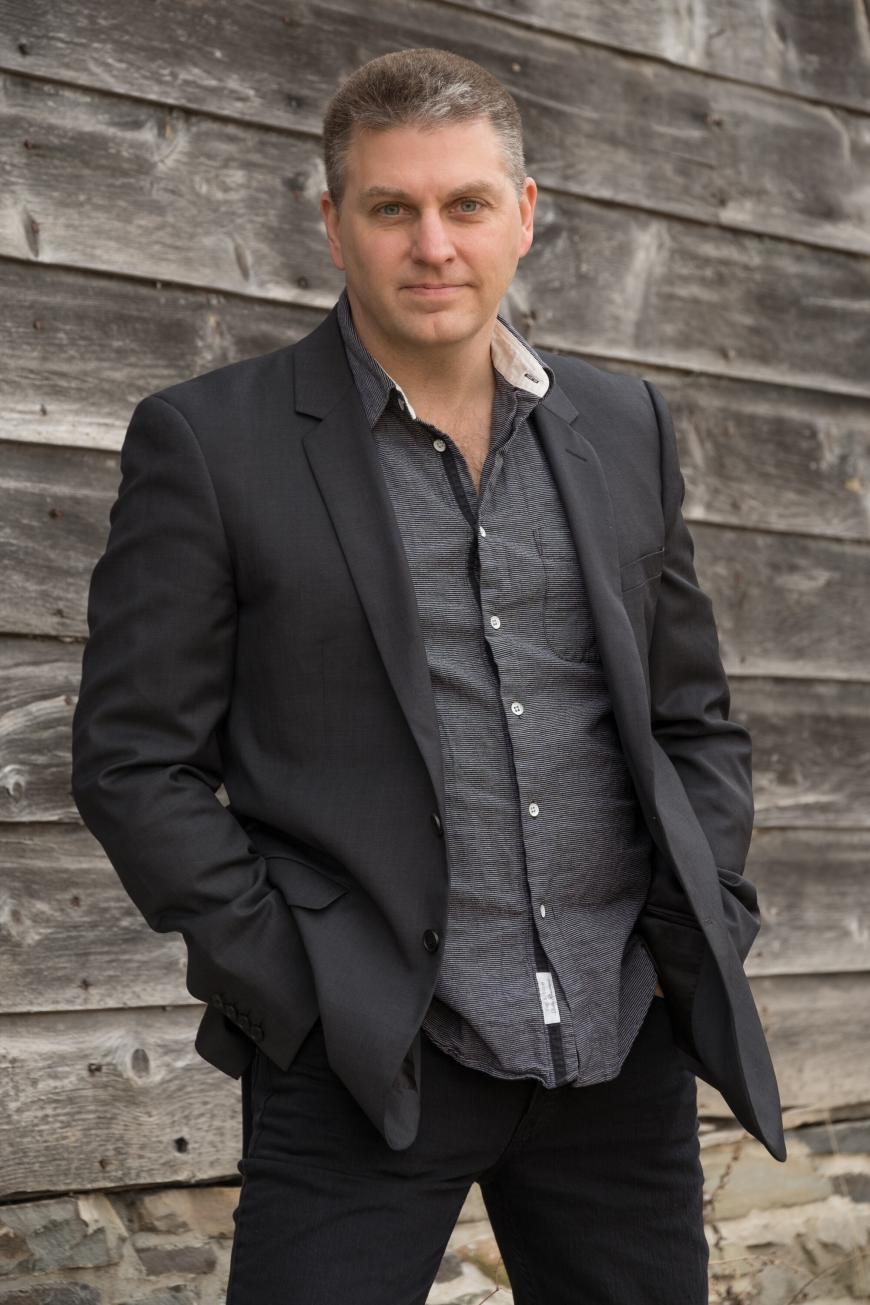
Elff has quite a resume himself, having recorded three albums for Silkroad Ensemble with Yo-Yo Ma, done sound design for projects like director Yuval Sharon’s Sweet Land (created for The Industry in L.A.), and created a sound-art installation, Strata, which is on permanent display in the city of Lyon, France. Through Little Dog Live, a company he founded to pioneer high-fidelity live streaming, he spent the pandemic “developing many new technologies for working with high-quality audio over distances.”
So Sunday’s premiere is something of a high-end production by two extremely accomplished collaborators, and if you follow such things, you’ll be hearing more of the Augmented Orchestra in Clyne’s compositions to come, like a concerto for orchestra she has slated for delivery in 2025. In fact, she’s in concerto land generally, finishing off commissions for clarinetist Martin Fröst, saxophonist Jess Gillam, violinist Pekka Kuusisto (that work premiering next month with the Helsinki Philharmonic, where she’s beginning yet another orchestra residency), and a concerto for string quartet and orchestra.
This week she talked with SF Classical Voice about the Augmented Orchestra and her compositional processes. Yes, the conversation got a little geeky, so we’ve edited some of that out. Clyne is truly a lovely person to talk to and clearly brilliant, highly intellectual yet unaffected. She talks in a continuous stream, threading one sentence into the next. It takes a second for you to sort it out after she finishes, but it’s better unfiltered.
You’ve done a lot of works for tape. How did you get into that?
I did my undergrad at Edinburgh University. It’s a four-year program, and I did my third year as an exchange student at Queen’s University in Ontario, Canada, and it’s there that I first started to study electroacoustic composition, and then when I returned to do my final year at Edinburgh, I studied electroacoustic composition there.
One of the things that drew me to the program at Edinburgh is that it’s a general music degree. It’s not like a conservatoire, where you’re playing the cello or you’re composing or you’re playing piano, for example. So in my fourth year, I studied basic composition and electroacoustic composition and music in the community and music technology, and that was quite a formative part of my education.
And when I moved to New York after graduating, I loved collaborating with artists from other fields and especially with choreographers. And choreographers often have very limited budgets for live music, so I started to create these very rich parts with one solo instrument. For the cost of one musician, you get this very rich, impactful sound world. An example is this piece I have called Choke [2004] for baritone saxophone and tape. And for that I recorded lots of sounds of the baritone saxophone, and then I cut them up, stretched them out, reversed them, layered them.
But these same processes applied very organically to my writing for orchestra. I continued to write electroacoustic pieces until 2010, when I first came to Cabrillo, which coincided with the first year that I started as a composer-in-residence for the Chicago Symphony Orchestra, where I was with Mason Bates for five years. And during those five years, I put aside the electronics just to focus on my writing for acoustic instruments. Now, 13 years later, I’m starting to reintegrate electronics into my orchestral compositions, which I’m really excited about.
So there’s a natural progression to the Augmented Orchestra.
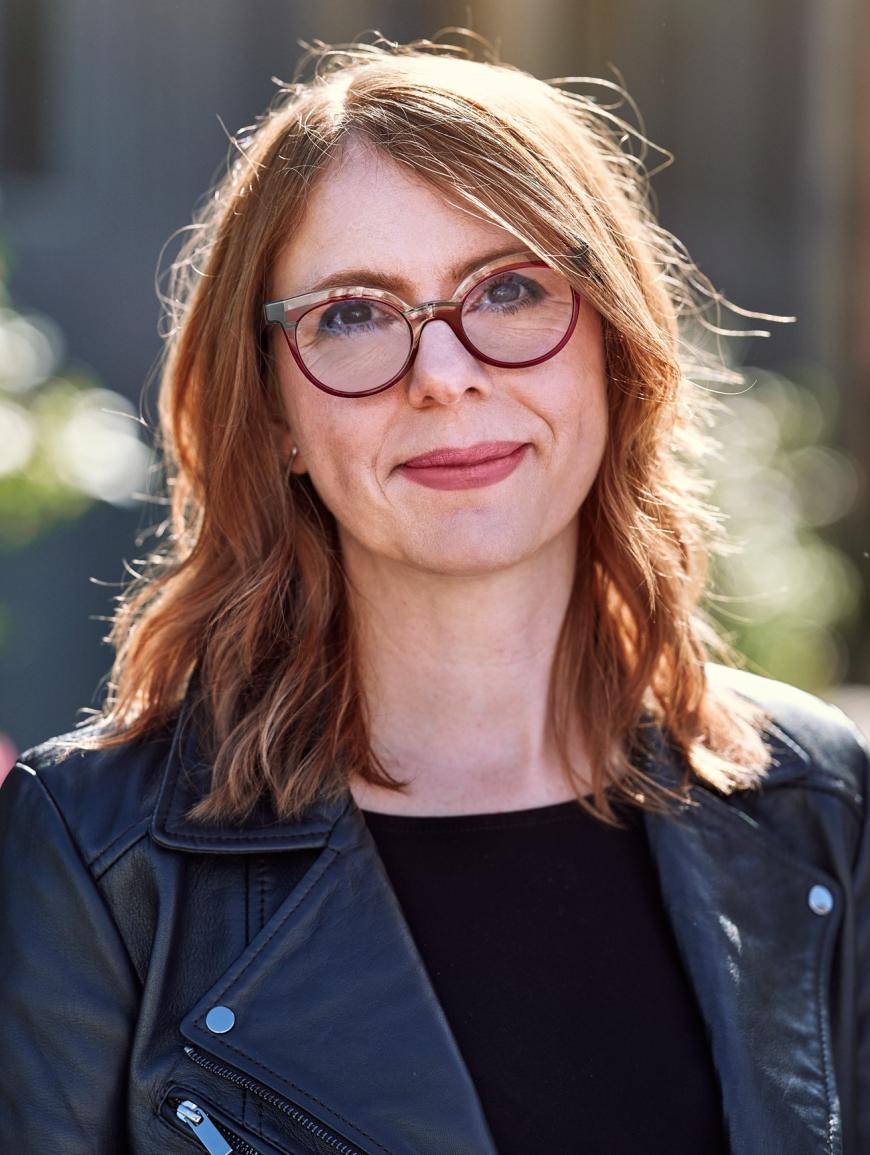
One of the things I love about writing for orchestra is the colors and the new instruments you can make. For example, rather than just having a solo in a viola, you can double it with English horn and, oh, vibraphone, and suddenly you have this magical instrument that you’ve sort of invented. And there are countless combinations that you can create.
Back in 2017, I wrote a piece for the BBC Scottish Symphony Orchestra called Beltane, which is inspired by the pagan festival of the coming of spring, which is a big celebration in Edinburgh, and for that I wanted to incorporate electronics. But in my early tape pieces, they were a fixed medium, so they had to have a click track [to coordinate the live performance with the electronics]. And what I’ve been trying to get away from is the click track. Because one of the things I love about the orchestra is that each conductor brings their own sensibility and interpretation and tempos to the piece. I don’t want to put a straitjacket on the tempos. So for Beltane, I had a tape track, but then I divided it into 250 samples, and Jody built custom software that triggered each of those samples with a MIDI keyboard. That broke up the need for a click track.
But now we’re exploring really expanding the sound world of the orchestra with real-time processing so that it’s really integrated into the composition and also very subtle. It’s not overdone, and the audience shouldn’t be able to discern whether it’s the augmentation or the orchestra.
So how does it work?
We have eight microphones in the orchestra, and Jody’s creating custom software that opens and closes those microphones and initiates and stops the processors. He uses keys on the keyboard to open and close them. I should say this is our first outing with the Augmented Orchestra, and the thing I love about Cabrillo is their openness to trying new things, so we’re delighted to be partnering with them to try it out and find out what does and doesn’t work.
What kinds of things do you do with it in Wild Geese?
To give you a sense of some of the processes we’re using, I have a line in the double basses and cellos that I want to sound more like an organ, so the final time we hear that line, in real time notes from within that line are pitched down two octaves so that you get subtones in the room. Another example is time stretching. So I have notes in the woodwinds that then sustain while the woodwinds continue to play other gestures. Or even creating multiphonics artificially, so having an oboe play a line and it’s doubled a fourth below to give it an eerie quality.
Looking ahead, how do you envision meshing the Augmented Orchestra into your compositional process?
It’s a very playful process. One of the great things about working with Jody — besides the fact that we’re married and live in the same house, so we can try things out — is that we’ve worked together on various projects for almost 20 years, so he knows my music very well. In the case of this piece, I started by writing a first draft, and we went through it together to discuss where the augmentation could work. I think this piece is the major hurdle because Jody is building all the software.
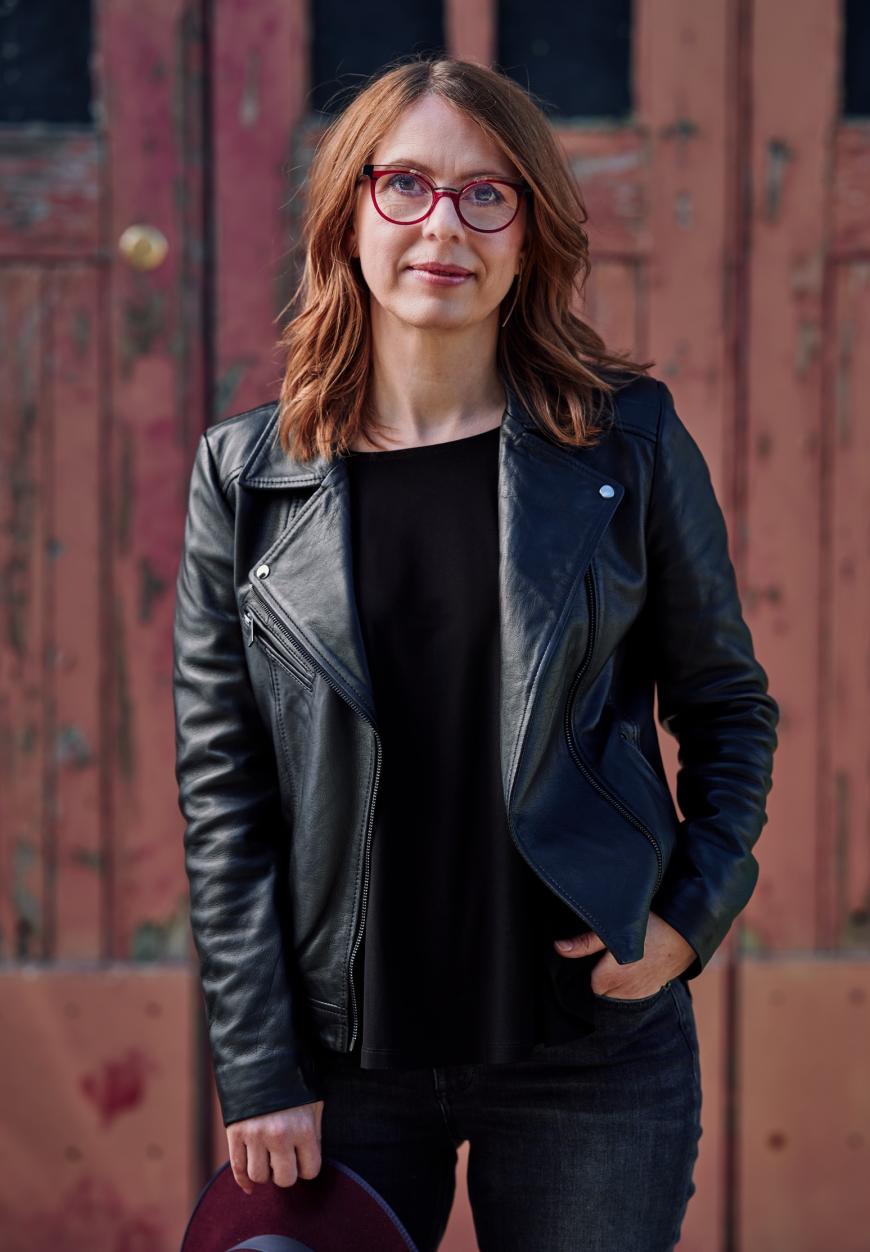
The next situations will be much easier. The next two implementations of the Augmented Orchestra are a piece for the Swingle Singers and orchestra and a concerto for orchestra. So we’re talking about, in my studio, setting up a desk where I can actually hear those processes while I’m composing so that it will be even more integrated into the compositional process.
How did you and Jody meet?
We met a Bang on a Can, at their summer music festival in North Adams, Massachusetts. He’s worked with them for many years, and I was there as a composer in 2005.
We’re both very curious people who love all genres of music. We also love cooking, being in nature. There’s a lot of common ground, but we’re both musical omnivores. I think that was the initial spark in our relationship.
What are your guilty pleasures, then?
I particularly love folk music and jazz. We’re going to hear Peter Gabriel next month at Madison Square Garden, and we just heard Alison Krauss performing up at the original place of Woodstock.
Have you ever talked about the things pop music does better than classical that you’re jealous of?
Funny you should ask that. We’re working on an album at the moment called Shorthand with The Knights, and it includes four works of mine: Within Her Arms, a mandolin concerto for Avi Avital called Three Sisters, my double violin concerto for Pekka Kuusisto and Colin Jacobsen, and Shorthand, a piece for cello and string orchestra for Yo-Yo Ma. Jody is the recording engineer for the album, but he’s treating it with a contemporary, modern quality. He’s close miking everything, which is something you might get more in a pop album. Often for an orchestral album, they’ll have, like, a stereo mic pair, far away from the orchestra. But he’s got mics on every instrument, so when it comes to editing, you can really dig into the sounds in a way that a lot of pop records do. I don’t think we’re jealous of these tricks; it’s more that we’re embracing them in the way we’re documenting my music at the moment.


